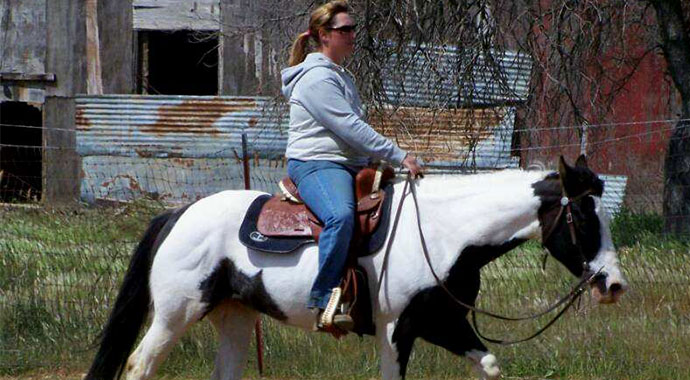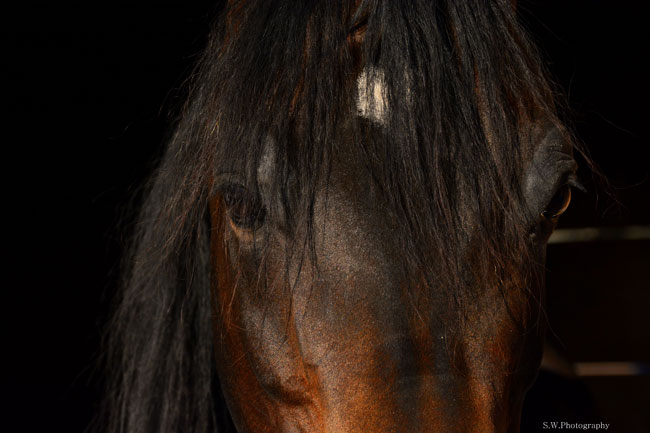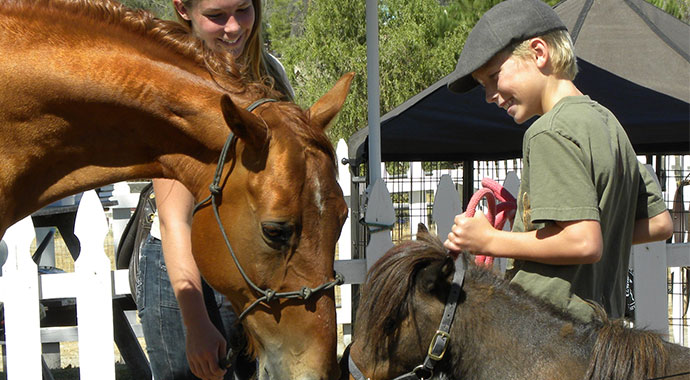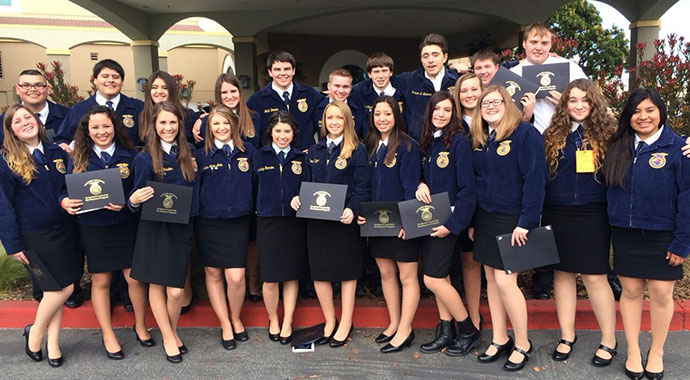It often feels as though I’m being pulled in ten different directions at once as soon as I wake up in the morning, but no matter what else is going on in my life, I know that to be successful in the show ring I have to put in the time with my horse. Most of us who ride have daily lives that require us to limit our time at the barn, and thus it quickly becomes very important to maximize our time in the saddle. There are many ways that this can be accomplished – hundreds of little things that make up the whole of a successful training session – but it really all starts with a horse that is fit, happy and ready to work.
One of the first things that I learned when I really got into riding reining horses was the importance of a “good warm-up”. Of course, during my entire riding career, I always gave my horse the obligatory once or twice around the arena on a loose rein before I got down to business, but I never saw that as a focus of my time. It was explained to me that performance horses are athletes and it is important that we treat them as such. A serious runner would never walk out the front door, do one or two stretches and then take off at a sprint and expect to break a time record; in actuality, simply doing something like this would most definitely result in a poor time, and could quite possibly result in an injury. This is the same for our horses. We can’t expect them to walk around on a loose rein for three minutes and then suddenly be ready to pull up into a balanced frame and give us everything that they have.
I’ve spoken to countless trainers and veterinarians about this subject and, of course, everyone has a different way of doing things, but it is clear that everyone also agrees on a few simple facts. First, when a horse comes out of his stall, his body is cold; this is when the muscle, tendon and ligament tissues are the weakest. Just as with humans, in order for the muscles to grow and become stronger (something we want in a performance horse), they must be gradually warmed and stretched prior to a work-out. Most professionals use a “ramping up” technique, where the horse is first allowed to walk on a loose rein and then is gradually asked to do a little more over time until they can come fully into a frame and are ready to work. John Tindal, NRHA rider and trainer, reminds, “Often people mistake stiffness for resistance. If a horse isn’t loose, he’s going to brace against pressure and getting upset with him for this is rider error.”
Secondly, everyone seems to be in agreement about the importance of slowly stretching the horses’ muscles as best we can prior to really starting to work. Some prefer methods that include doing simple stretches prior to getting into the saddle, and others bend and flex their horses as part of the in-saddle warm-up. However you choose to do this, it’s important to make sure that you slowly engage as many of your horse’s muscle groups as possible so that they “wake-up” enough to start working. Donna Evans, Arabian Horse Trainer, suggests, “The more bending and flexing you can do before you start asking your horse to work, the better. I do it all through a work-out, actually, because it’s a good way to get a horse’s mind where it needs to be.”
The more bending and flexing you can do before you start asking your horse to work, the better.
Finally, there is a sweet spot when it comes to the time needed for a good warm-up. The majority of trainers and vets that I have spoken to advocate a ratio that looks something like this: If you plan to ride for 60 minutes, expect to spend 15 minutes warming up and the rest working and cooling down, thus making the warm-up about a quarter of your work-out session. Tom Gilford, NRHA rider and trainer, says, “A horse is a lot like a child in terms of attention span; we can’t expect them to stay focused on one thing for too long. This is why I tell my assistants and my students that if they spend an hour in the saddle a day, 15 minutes should be warming up the horse, another 15 legging up the horse, and that leaves about 30 minutes for actually working maneuvers. That’s really all you need.”
A horse is a lot like a child in terms of attention span; we can’t expect them to stay focused on one thing for too long.
My own personal warm-up routine is something that works for me, but it’s an individual thing, and it needs to be varied a little based upon how my horse is feeling at the time and what I plan to work on that day. Generally, it goes something like this: I like to walk on a loose rein both directions first. Then I move to circles, starting big and spiraling inward, asking my horse to bend more as we get smaller – I do this both directions. I then ask my horse to bend her head one direction and track the opposite direction, usually on the diagonal across the arena; I do this first at the walk and then at the jog or trot. Finally, I warm-up her hindquarters by walking several paces, stopping, backing and then asking for a quarter turn on the haunches before immediately walking off again; this is a great exercise for strengthening the stifles and the hindquarters in general, and can be done at the trot and at the lope for more results. In the beginning, I would look at my watch to make sure I was spending enough time, but now it’s just second nature.
In the end, the thing to remember is that you don’t necessarily need to spend “more” time in the saddle to get results, you need to spend “good” time in the saddle. By thinking of your horse’s body, fitness and comfort first, you can truly make a big difference in performance.
You don’t necessarily need to spend ‘more’ time in the saddle to get results, you need to spend ‘good’ time in the saddle.
[contentblock id=4]




